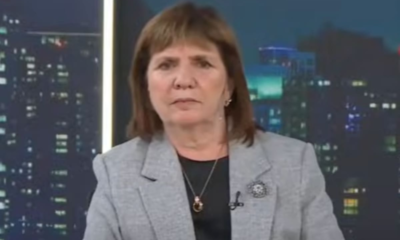INTERNACIONAL
Trump threats boosted Canada’s Carney, hurt Conservatives as country votes for new leader

OTTAWA- In a dramatic reversal, the governing Liberals, who were trailing the official opposition Conservatives in the polls earlier this year, appear poised to win their fourth consecutive term in office thanks to President Donald Trump’s threats against Canada’s economy and sovereignty, according to election watchers.
«It looks like there will be a Liberal government, which seems to be what the polls point to, and it would be a very big surprise if the Conservatives won,» Angus Reid, founder and chair of the Angus Reid Institute, told Fox News Digital.
In an Angus Reid Institute poll released on Dec. 30, the Conservatives were in super-majority territory with 45% support, compared to the Liberals at 11%. The results of a poll released on Saturday had the Liberals at 44% with a four-point lead over the Conservatives at 40%.
TRUMP TAKES CENTER STAGE IN CANADA’S PRIME MINISTER ELECTION DEBATE
Canadian Liberal leader, Prime Minister Mark Carney, speaks after being elected as the new Liberal Party leader, in Ottawa on March 9, 2025. (Getty Images)
«This really has been an extraordinary election in that, by all rights, Canadians had it with the Liberals’ woke policies and with their misspending and didn’t like Trudeau,» Reid said.
He explained that the political dynamic changed when Justin Trudeau announced his resignation as Canada’s 23rd prime minister and Trump was inaugurated as the 47th president in January, and former central bank governor Mark Carney succeeded Trudeau as prime minister and Liberal leader in March.
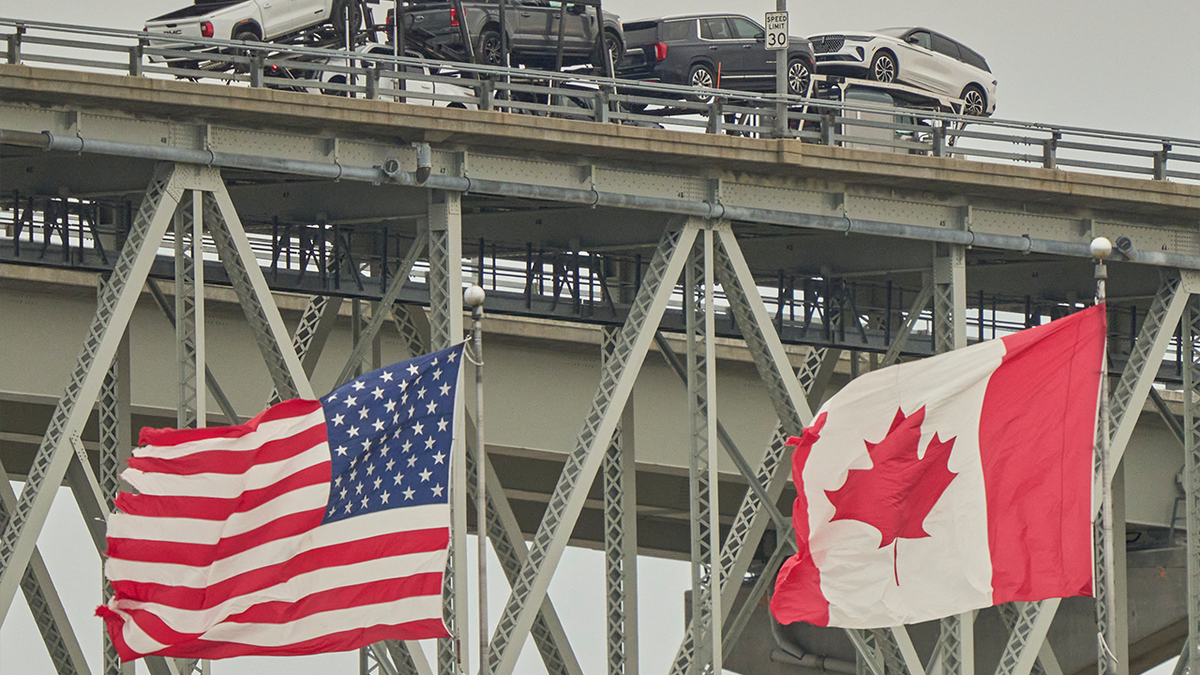
A truck with vehicles crosses the Blue Water Bridge border crossing into the United States from Sarnia, Ontario, Canada, on April 3, 2025. (Photo by GEOFF ROBINS/AFP via Getty Images)
«Between tariffs and threats of annexation, Trump became the single most important issue in the country overnight,» said Reid. «That gave Mark Carney an opportunity to be the first out of the gate to say that we’re not going to put up with this – we’re a sovereign nation and we’re going to fight.»
The campaign has been a two-party race between the Liberals and Conservatives and led by two starkly different leaders who focused on strengths that their critics considered weaknesses.
Carney, a 60-year-old former senior executive at Goldman Sachs who never held elected office prior to winning the Liberal leadership, has called on voters to consider – during a time of economic crisis fueled by Trump’s threats – his experience, which includes running the central banks of Canada and England, and as the United Nations Special Envoy for Climate Action and Finance.
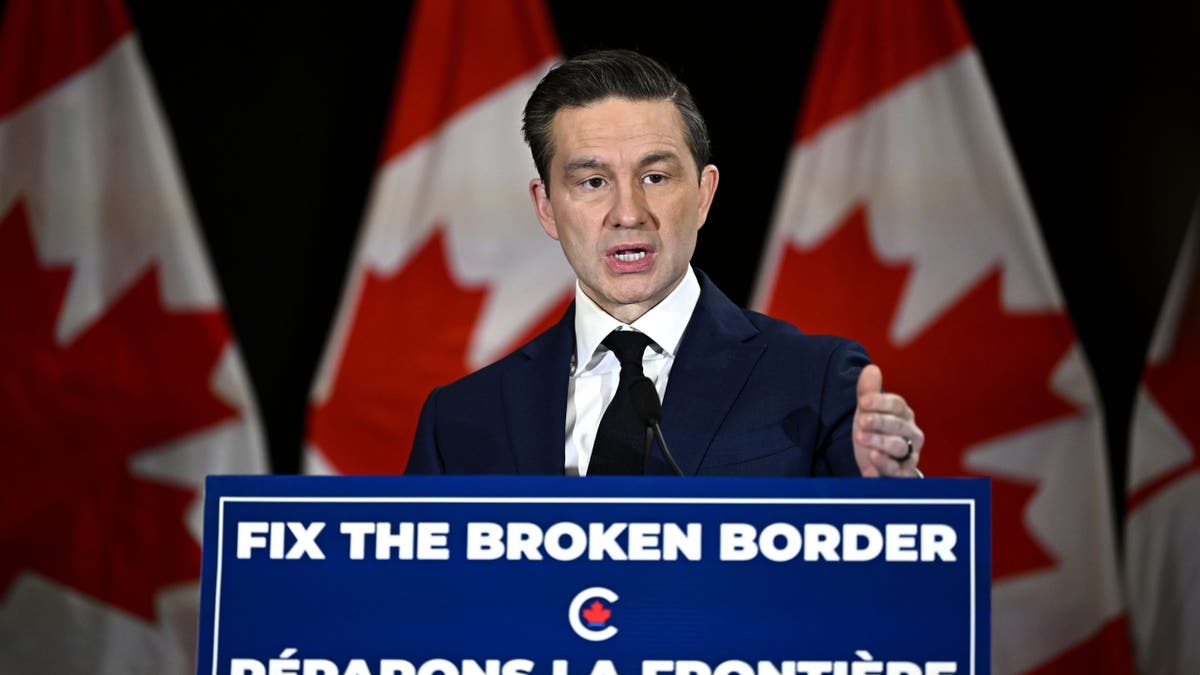
Canadian Conservative leader Pierre Poilievre holds a news conference in a hotel ballroom in Ottawa, Canada, on Sunday, Dec. 1, 2024. (ustin Tang/The Canadian Press via AP)
His detractors, however, have accused him of being out of touch and «not connected to the common man» and has spent a fair amount of time outside Canada, as a former deputy national Conservative Party campaign manager told Fox News Digital last month.
Meanwhile, Poilievre’s message to voters is that he is the agent for «change.» However, his opponents claim the 45-year-old Conservative leader is part of the political establishment, having spent almost half of his life as a member of Parliament since he was first elected in 2004 – and the change he touts came with a shift in Liberal leadership from Trudeau to Carney.
WHO IS PIERRE POILIEVRE? CANADA’S CONSERVATIVE LEADER SEEKING TO BECOME NEXT PRIME MINISTER AFTER TRUDEAU EXIT
The results of an Ipsos poll conducted for Global News in Canada, released on April 21, showed a narrow three-point lead for the Liberals at 41% over the Conservatives at 38%.
Darrell Bricker, CEO of Ipsos Global Public Affairs, told Fox News Digital that the Liberals were ahead of the Conservatives by 12 points in mid-April and have lost ground since «because of the effect of Donald Trump, both positive and negative.»
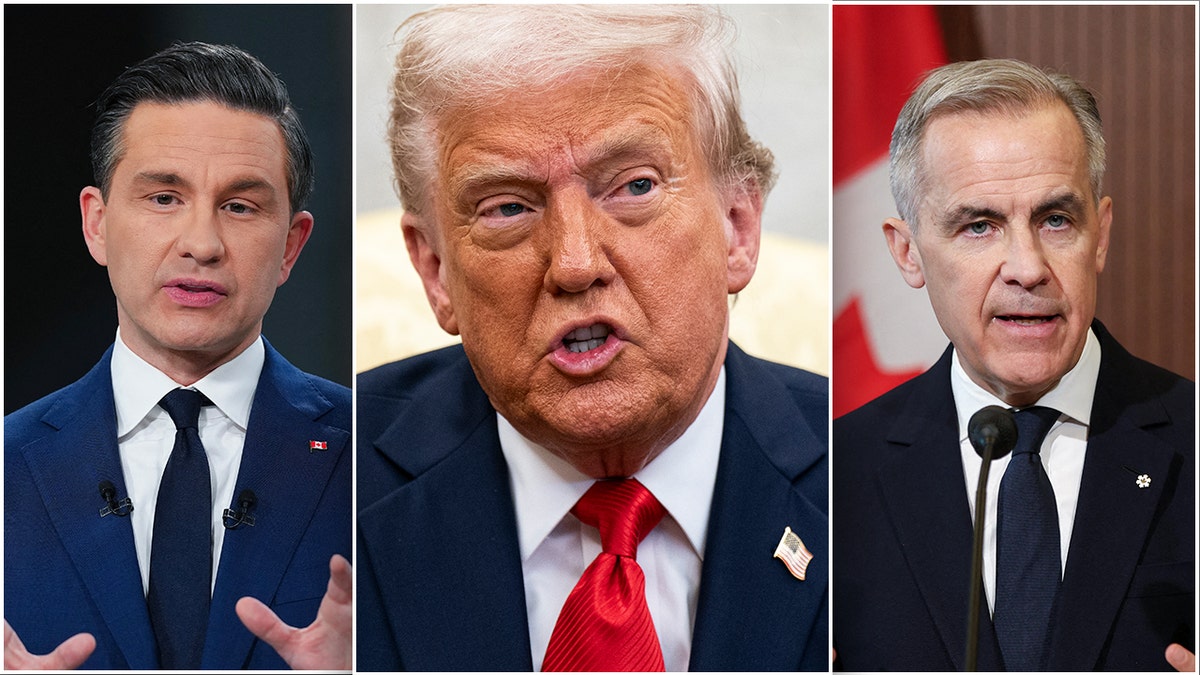
From left to right, Canadaian Conservative leader Pierre Poilievre, President Donald Trump and Prime Minister Mark Carney. (Photo by SEAN KILPATRICK/POOL/AFP via Getty Images | Photo by DAVE CHAN/AFP via Getty Images | Photo by Al Drago for The Washington Post via Getty Images)
«When Donald Trump is in the news saying 51st-state stuff, that brings the focus back to the major issue that the Liberals lead on, which is dealing with him,» said Bricker.
«But over the past two weeks, Donald Trump has kind of gone dark on Canada. He’s been focused on China, U.S. government funding of Harvard University, and to the extent he’s talking about trade, it’s about global trade deals.»
That, said Bricker, has resulted in many Canadians returning to their pre-Trump main issue of affordability, through the lens of the Liberals running the government over the past decade.
Ultimately, the outcome of Monday’s general election will be decided by geography, according to Bricker, who said that the national vote «will be won or lost» in Ontario, particularly in Toronto and the surrounding so-called 905 region, which refers to the telephone area code, where there are 55 ridings (electoral districts) and about 4.5 million eligible voters.
«The 905 voted overwhelmingly for Justin Trudeau’s Liberals three times,» said Bricker. «If they do it again, the Liberals will win a fourth consecutive term in office.»
CANADA’S NEW PM AND TRUMP CRITIC MARK CARNEY ACCUSED OF BEING OUT OF TOUCH WITH THE ‘COMMON MAN’
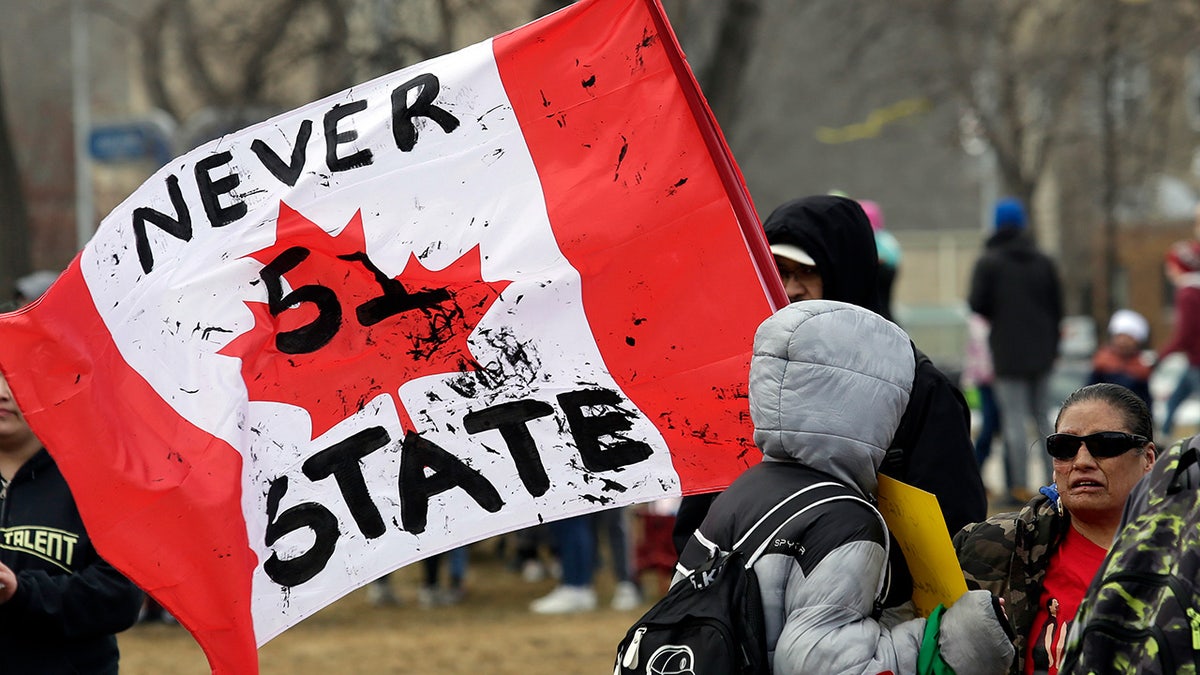
Hundreds of people rally against U.S. tarrifs and threats of annexation at the Manitoba Legislature. Hundreds gathered at the Manitoba Legislature for a «Rally for Canada,» showing national pride and protesting U.S. tariffs and annexation threats. The event featured ball hockey, burgers, and music, with attendees dressed in red and white to affirm Canada’s sovereignty. (Photo by Lyle Stafford/SOPA Images/LightRocket via Getty Images)
Last week, Carney said if he remains prime minister following the election that he would have a meeting with Trump «within days» as part of an «ambitious and broad-ranging discussion» on a new trade and security deal between Canada and the U.S.
Reid said that the Liberals’ improved showing was not just about Canadians warming to Carney, but also about Conservative Leader Pierre Poilievre’s failure to turn the dial from focusing on a consumer carbon tax, which the Liberal leader canceled on April 1 in his first act as prime minister, and «still reflecting on Trudeau long after he had gone, instead of jumping right away onto the Trump threat and becoming something that he would lead the charge on.»
The irony, in Reid’s view, is that «Trump imperiled the campaign of an individual who could be in many ways his stepbrother in Canada,» he said about Poilievre, who he called «mini-Trump,» and his «anti-woke,» smaller-government stance – «Trump-esque policies that the American right might want to see in Canada and certainly a lot of Canadians on the right want to see.»
CLICK HERE TO GET THE FOX NEWS APP
According to Elections Canada, a record 7.3 million Canadians cast their ballots in advance polls over the Easter weekend. With the country having six time zones, the results aren’t expected to be known until late Monday evening.
INTERNACIONAL
Innovación alimentaria y solidaridad: cómo las primeras civilizaciones afrontaron mil años de variabilidad climática
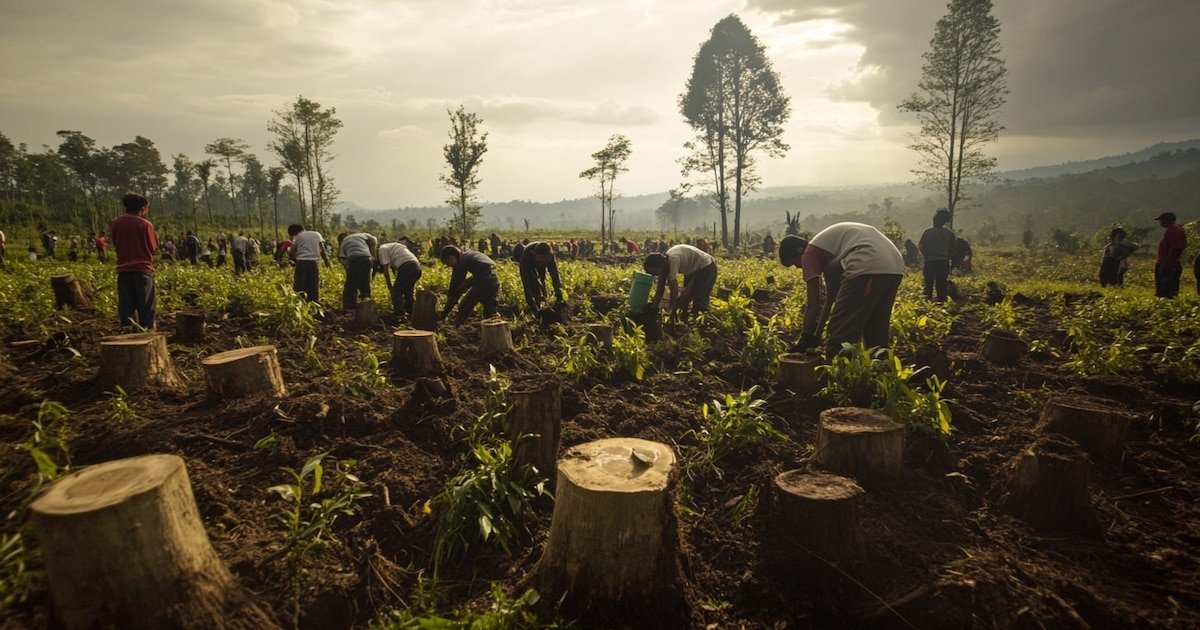
Una investigación multidisciplinaria basada en análisis arqueológicos e isotópicos demostró que las comunidades africanas, establecidas por algunos estudios científicos como cuna de la humanidad, lograron resistir más de 10.000 años de inestabilidad climática a través de prácticas alimentarias diversificadas y lazos comunitarios sólidos.
El trabajo, citado por The Conversation, examinó restos humanos y animales de 187 yacimientos en todo el continente africano, brindando una perspectiva integral sobre la evolución de los sistemas de subsistencia en distintos contextos ecológicos. La clave de esta resiliencia no fue un modelo único de agricultura o ganadería, sino la capacidad de adaptación mediante estrategias complementarias.
El equipo de investigación adoptó un enfoque continental, utilizando datos de isótopos estables presentes en huesos antiguos. Este método permitió reconstruir los patrones dietarios y las estrategias de subsistencia empleadas por distintas sociedades africanas durante el Holoceno.
Los resultados fueron clasificados en “nichos isotópicos”, es decir, categorías que agrupan modos de vida según características ambientales y culturales. Esto permitió observar que el desarrollo alimentario no siguió una línea progresiva única, sino que se construyó como un mosaico de respuestas adaptativas a condiciones cambiantes.
Se trata del primer estudio que rastrea a esta escala la historia alimentaria del continente a través de análisis isotópicos, ofreciendo una nueva mirada sobre cómo se forjaron los sistemas de producción en distintos momentos de la historia.

El trabajo destaca que la supervivencia ante los vaivenes climáticos se sustentó en la combinación de prácticas como el pastoreo, la agricultura, la pesca y la recolección. En lugar de depender de un solo modelo intensivo, las comunidades integraban varias actividades de manera simultánea, ajustándolas a los contextos locales.
Este enfoque multiestratégico se verificó tanto entre distintas regiones como dentro de las propias comunidades. El principio rector era la flexibilidad: modificar las prácticas frente a alteraciones del entorno sin adherirse de forma exclusiva a una sola fuente de subsistencia.
El equipo de científicos subrayó que la resiliencia no dependía del método “más eficiente” en términos productivos, sino de mantener abiertas múltiples posibilidades que pudieran responder a crisis o transformaciones ecológicas.
Los datos permiten observar cómo las comunidades adaptaron sus sistemas alimentarios a lo largo del tiempo y el espacio. En el sur de África, en territorios correspondientes a Botswana y Zimbabue, grupos sociales combinaron el cultivo, la recolección de productos silvestres y la cría de ganado, especialmente tras el fin del llamado Periodo Húmedo Africano, hace unos 5.500 años.

En el valle del Nilo, especialmente en Egipto y Sudán, las poblaciones desarrollaron sistemas mixtos que incluían la agricultura de cereales, la pesca, la producción láctea y la elaboración de bebidas fermentadas. Estas combinaciones respondían a las condiciones locales y a la disponibilidad de recursos.
Los sistemas pastoriles —vinculados al cuidado y movilidad del ganado— fueron particularmente frecuentes y diversos. La variedad de señales químicas en los restos arqueológicos sugiere una alta capacidad de ajuste a entornos contrastantes, desde zonas áridas hasta regiones montañosas.
La investigación concluye que la diversidad productiva no hubiera sido suficiente sin la existencia de vínculos comunitarios sólidos. Durante períodos de estrés, como la transición climática que puso fin al Periodo Húmedo Africano, se intensificaron los intercambios de alimentos, conocimientos y trabajo entre distintos grupos.
Estas formas de cooperación permitieron compartir tierras y recursos, así como transmitir saberes sobre prácticas sostenibles. Por ejemplo, en ciertas regiones, los animales eran criados no como principal fuente alimentaria, sino como respaldo ante la pérdida de cultivos, una estrategia que funcionaba como red de seguridad.

Esta organización colaborativa favoreció la continuidad de los sistemas pastoriles incluso durante los últimos mil años, especialmente en regiones donde la aridez se convirtió en un rasgo dominante del paisaje.
El estudio plantea una crítica directa a las políticas de desarrollo que promueven modelos intensivos y estandarizados. Según los investigadores, esas estrategias no consideran la diversidad ecológica y social que caracteriza muchas regiones del mundo, en especial en el continente africano.
La experiencia histórica documentada en este análisis sugiere que los sistemas alimentarios flexibles, integradores y sostenibles son más eficaces para enfrentar escenarios de cambio climático. Lejos de imponer modelos únicos, las políticas deberían adaptarse a las realidades locales y promover la colaboración intercomunitaria.
El artículo cita que las sociedades africanas históricamente construyeron sus decisiones alimentarias “en sintonía con la tierra y el mar, no en oposición a ellos”. En ese tono, los autores del estudio indicaron que la trayectoria de las comunidades africanas representa un referente útil para enfrentar los desafíos contemporáneos. Frente a un contexto global de incertidumbre climática, las estrategias milenarias de adaptación y cooperación pueden ofrecer una guía para diseñar sistemas más resilientes y sostenibles.
gente,prepara alimentos,programa de apoyo nutricional de zimbabue
INTERNACIONAL
Michelle Obama portraitist’s exhibit with trans Statue of Liberty pulled after pressure from Vance

NEWYou can now listen to Fox News articles!
EXCLUSIVE: Artist Amy Sherald canceled her upcoming exhibit featuring a portrait of a transgender Statue of Liberty at the Smithsonian’s National Portrait Gallery after Vice President JD Vance raised concerns the show included woke and divisive content, Fox News Digital has learned.
President Donald Trump signed an executive order in March that placed Vance in charge of overseeing the removal of programs or exhibits at Smithsonian museums that «degrade shared American values, divide Americans based on race, or promote programs or ideologies inconsistent with Federal law and policy.»
Vance said Sherald’s «American Sublime» exhibit violated Trump’s executive order and was an example of woke and divisive content during a meeting June 9 with the Board of Regents, a source familiar with the meeting told Fox News Digital.
ARTIST PULLS ART FROM SMITHSONIAN GALLERY AFTER MUSEUM TRIES TO ALTER HER TRANS STATUE OF LIBERTY PAINTING
Arewà Basit stands in front of Amy Sherald’s painting, «Trans Forming Liberty» on display at the Whitney Museum of American Art in Manhattan, N.Y., April 2, 2025. (Tiffany Sage/BFA/Shutterstock)
«Vice President Vance has been leading the effort to eliminate woke indoctrination from our beloved Smithsonian museums,» an administration official said in an email to Fox News Digital. «On top of shepherding the One Big Beautiful Bill through the Senate and helping President Trump navigate international crises, the vice president has demonstrated his ability to get President Trump’s priorities across the finish line.»
Sherald, best known for painting former first lady Michelle Obama’s official portrait in 2018, announced Thursday she was pulling her show, «American Sublime,» from the Smithsonian’s National Portrait Gallery slated for September, The New York Times first reported.
Sherald said she was rescinding her work from the exhibition after being told that the National Portrait Gallery had some concerns about featuring the portrait of the transgender Statue of Liberty during the show. The painting, «Trans Forming Liberty,» depicts a trans woman with pink hair wearing a blue gown.
TRUMP WHITE HOUSE CALLS OUT SMITHSONIAN FOR PUSHING ‘ONE-SIDED, DIVISIVE POLITICAL NARRATIVES

Amy Sherald attends the 2023 Tribeca Ball at the New York Academy of Art April 4, 2023, in New York City. (Santiago Felipe/Contributor)
«These concerns led to discussions about removing the work from the exhibition,» Sherald said in a statement, The New York Times first reported Thursday. «While no single person is to blame, it’s clear that institutional fear shaped by a broader climate of political hostility toward trans lives played a role.
«This painting exists to hold space for someone whose humanity has been politicized and disregarded. I cannot in good conscience comply with a culture of censorship, especially when it targets vulnerable communities.
«At a time when transgender people are being legislated against, silenced and endangered across our nation, silence is not an option,» Sherald added. «I stand by my work. I stand by my sitters. I stand by the truth that all people deserve to be seen — not only in life, but in art.»
The Smithsonian did not immediately respond to a request for comment regarding Vance’s involvement in the matter.
DEFUNDING DEI: HERE’S HOW THE TRUMP ADMINISTRATION HAS UNDONE BIDEN’S VERY PRIZED PROGRAMS
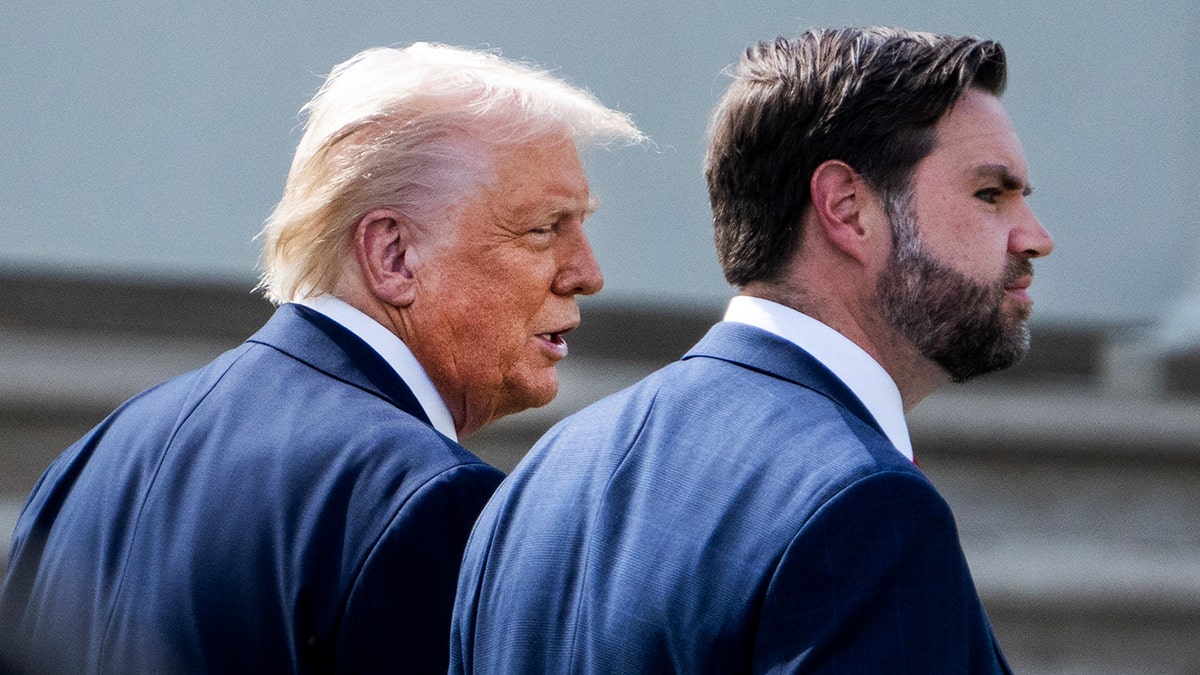
President Donald Trump and Vice President JD Vance after a ceremony with the 2025 national champion Ohio State Buckeyes on the South Lawn of the White House April 14, 2025. (Tom Williams/CQ-Roll Call, Inc via Getty Images)
The White House said the removal of Sherald’s exhibit is a «principled and necessary step» toward cultivating unity at institutions like the Smithsonian.
CLICK HERE TO GET THE FOX NEWS APP
«The ‘Trans Forming Liberty’ painting, which sought to reinterpret one of our nation’s most sacred symbols through a divisive and ideological lens, fundamentally strayed from the mission and spirit of our national museums,» Trump special assistant Lindsey Halligan said in a statement to Fox News Digital.
«The Statue of Liberty is not an abstract canvas for political expression. It is a revered and solemn symbol of freedom, inspiration and national unity that defines the American spirit.»
Other members of the Smithsonian’s Board of Regents include the Chief Justice of the United States, John Roberts, along with senators John Boozman, R-Ark.; Catherine Cortez Masto, D-Nev.; and Gary Peters, D-Mich., along with several other House members.
Fox News’ Gabriel Hays contributed to this report.
INTERNACIONAL
Hambre, muerte y desesperación en Gaza: ¿Por qué no llega la ayuda humanitaria que tanto se necesita?
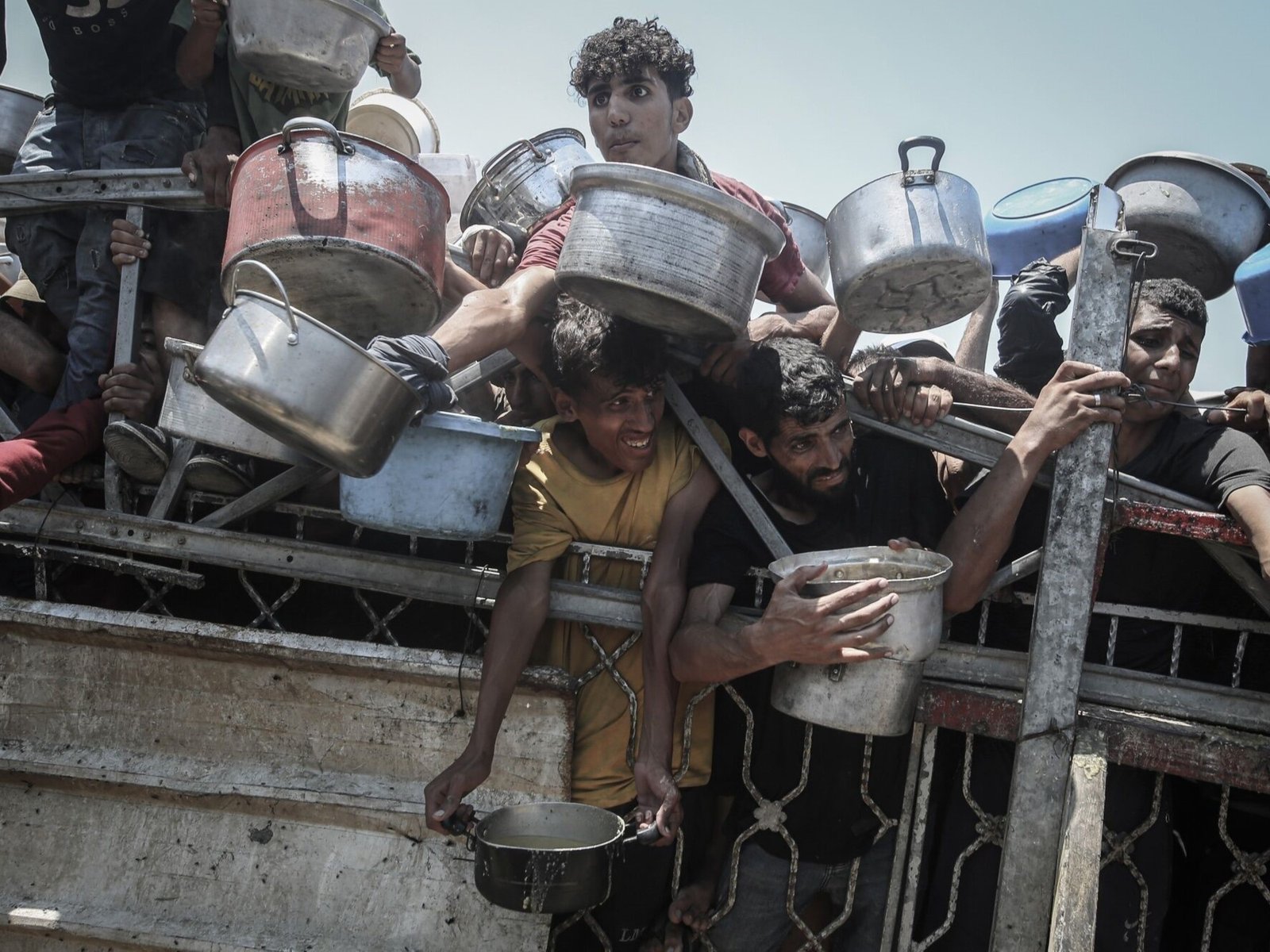
Ataques en centros de entrega de alimentos
Toneladas de ayuda bloqueada
Qué dice Israel

 POLITICA2 días ago
POLITICA2 días agoMáximo Kirchner declaró una fortuna de 8.300 millones de pesos: representa un 76% más que el año anterior

 POLITICA1 día ago
POLITICA1 día agoLa justicia de Santa Cruz desafío a la Corte Suprema e incluyó a Cristina Kirchner en el padrón electoral

 POLITICA2 días ago
POLITICA2 días agoQué dijo Javier Milei en la Derecha Fest: las frases más impactantes

















